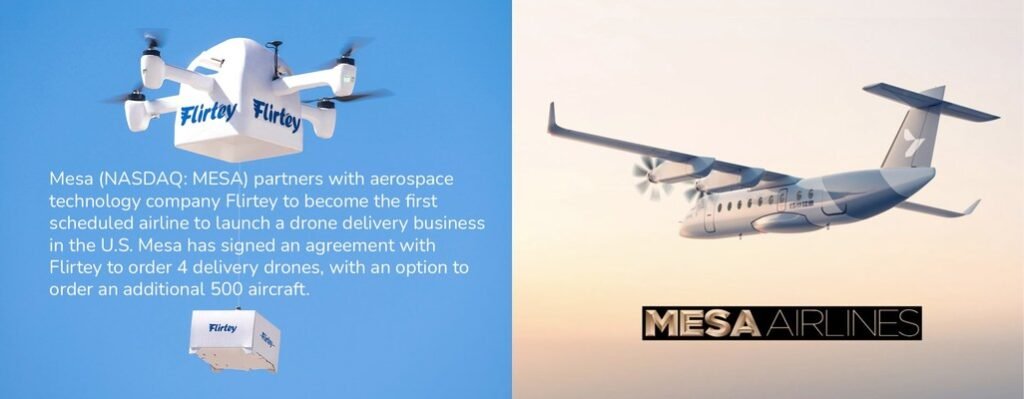Allegiant Air Orders Up to 100 737 MAX Jets
Seattle, Washington, January 5, 2022 /PRNewswire/ - Boeing [NYSE: BA] and Allegiant Air (NASDAQ: ALGT) today announced an order for 50 737 MAX jets, with options for 50 additional airplanes. In Boeing's first U.S. ultra-low cost carrier…


